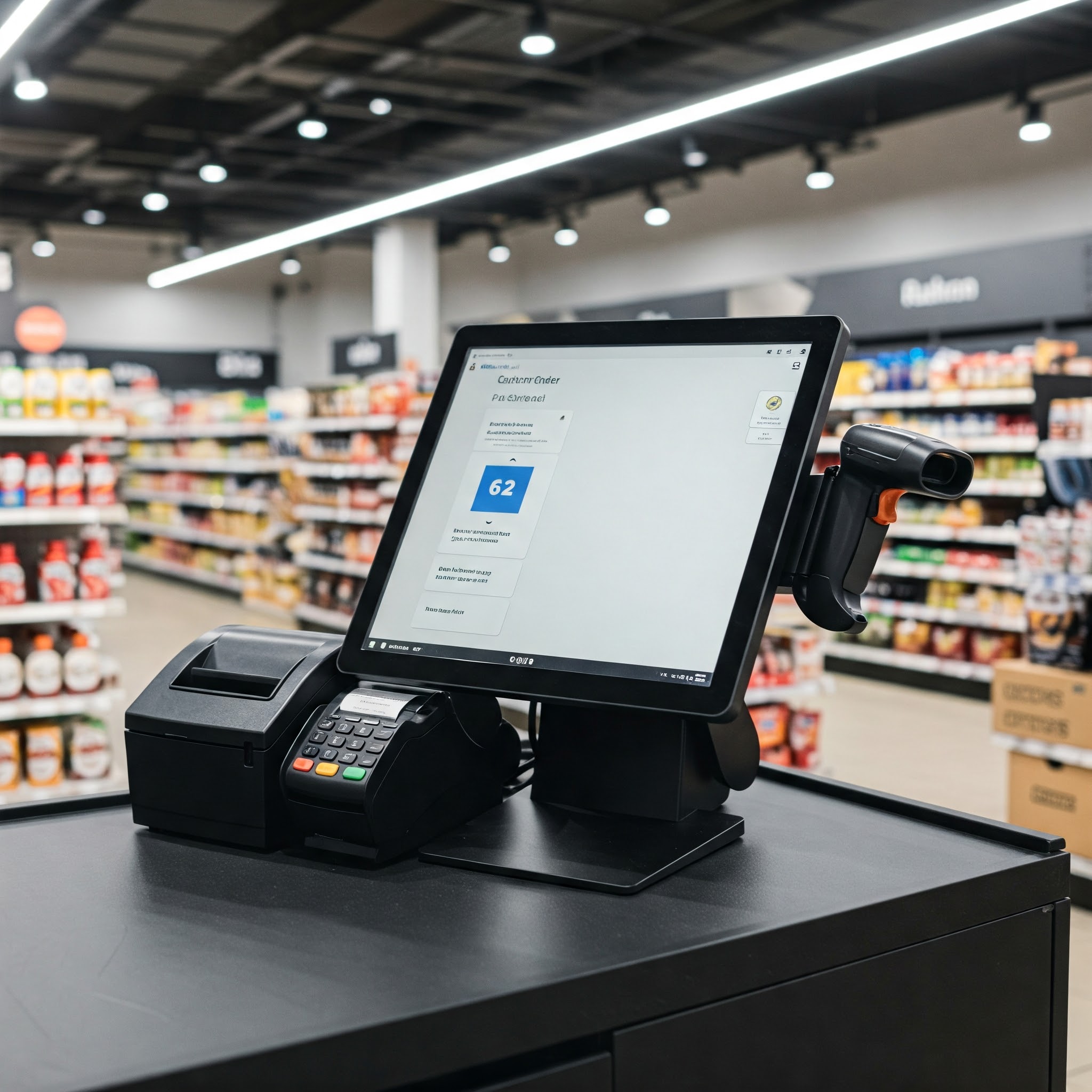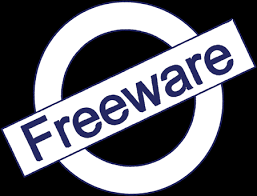Choosing the right Point of Sale (POS) system is a pivotal decision for any retail business. It’s the central nervous system that manages sales, inventory, customer data, and often much more. Today, we’re putting two popular contenders, MicroBiz POS and Lightspeed POS, head-to-head to help you determine which might be the best fit for your unique needs.
Both MicroBiz and Lightspeed offer comprehensive features designed to streamline retail operations, but they cater to slightly different segments and boast distinct strengths. Let’s dive into a detailed comparison.
Core Focus and Target Audience
MicroBiz POS: From its inception in the 1990s, MicroBiz has laser-focused on the needs of specialty retailers, particularly those with multiple stores and service departments. They emphasize a tailored approach for businesses dealing with complex inventory, repairs, special orders, and customer-specific pricing. MicroBiz also highlights its strong integration with QuickBooks Online and WooCommerce.
Lightspeed POS: Lightspeed, established in 2005, offers a broader suite of solutions catering to retail, restaurants, quick-service businesses, and even golf course management. While they certainly serve specialty retailers, their scope is wider, including a proprietary e-commerce platform and a greater emphasis on a sleek, modern interface.
Insight: If you’re a multi-store specialty retailer with intricate needs like repair tracking or extensive customer account management, MicroBiz’s dedicated focus might give it an edge. If you operate in various sectors or prioritize a tightly integrated e-commerce solution from the same provider, Lightspeed’s versatility could be appealing.
Key Features and Functionality
MicroBiz POS:
- Robust Point of Sale: Efficient transaction processing with barcode scanning, discounts, returns, split tenders, and customizable receipts.
- Comprehensive Inventory Management: Real-time tracking across multiple stores, matrix inventory for variants (size, color, etc.), automated reorder points, purchase order management, and inventory adjustments.
- Customer Management: Detailed customer profiles, purchase history, credit accounts, loyalty programs, and customer-specific pricing/discounts.
- Special Orders & Layaways: Manages out-of-stock items, backorders, in-store pickups, and layaway programs.
- Service & Repair Management: Tracks customer items for repair, generates quotes and invoices, manages labor and parts, and schedules service reminders.
- Reporting & Analytics: A variety of customizable reports on sales, inventory, customers, and employee performance, with an integrated report writer for bespoke analysis.
- Integrations: Strong integration with QuickBooks Online for accounting and WooCommerce for e-commerce.
- Employee Management: Time clock, employee roles and permissions, and commission tracking.
Lightspeed POS:
- Intuitive Point of Sale: User-friendly interface for quick transactions, barcode scanning, discounts, returns, and various payment options.
- Advanced Inventory Management: Real-time inventory tracking, multi-location management, product variants, serial number tracking, low-stock alerts, and the ability to create product bundles.
- Customer Relationship Management (CRM): Customer profiles, purchase history, segmentation for targeted marketing, and loyalty program capabilities.
- E-commerce Integration: Seamless synchronization of online and physical inventory, sales reporting across channels, and in-built SEO tools.
- Integrated Payments: Often requires using Lightspeed’s payment processing for the best rates, streamlining transactions.
- Reporting & Analytics: Detailed reports on sales, inventory, customer behavior, and employee performance, offering insights into business trends.
- Omnichannel Capabilities: Features to unify online and offline sales, including buy-online-pickup-in-store (BOPIS) and local delivery options.
- Employee Management: Employee scheduling, sales performance tracking, and role-based permissions.
Insight: Both systems offer a strong suite of core retail features. MicroBiz shines with its specialized functionalities for service-based businesses and intricate inventory needs. Lightspeed excels in providing a unified omnichannel experience, particularly if you plan to leverage their integrated e-commerce platform.
Pricing Structure
MicroBiz POS: Generally positioned as more affordable, especially for multi-store operations. They often highlight that they haven’t relied on venture capital, allowing them to maintain competitive pricing.
Lightspeed POS: Typically starts at a higher monthly subscription cost compared to MicroBiz. While they offer various tiers, the overall investment can be greater, especially when factoring in their integrated payment processing requirements for optimal pricing.
Insight: Cost is a significant factor for many businesses. MicroBiz’s transparent and often lower pricing could be a major advantage, especially for startups or businesses with tight budgets. Lightspeed’s potentially higher cost might be justified by its broader ecosystem and tightly integrated features for businesses prioritizing seamless omnichannel operations.
Ease of Use and Interface
MicroBiz POS: While feature-rich, some users have noted that the interface might not be as modern or visually sleek as Lightspeed. However, it’s generally considered intuitive, with a short learning curve for basic POS functions.
Lightspeed POS: Often praised for its modern, clean, and user-friendly interface. This can lead to faster onboarding for new employees and a more visually appealing experience.
Insight: The importance of user interface depends on your team’s technical comfort and your preference for aesthetics. Lightspeed’s modern design might be more appealing to some, while MicroBiz’s functionality-focused approach might be preferred by others.
Integrations
MicroBiz POS: Primarily emphasizes its strong integrations with QuickBooks Online for accounting and WooCommerce for e-commerce. They also support various payment processors, offering more flexibility.
Lightspeed POS: Boasts a wider array of integrations across various categories, including accounting software (like QuickBooks and Xero), e-commerce platforms (including their own), marketing tools, and more. However, they often incentivize using their integrated payment processing.
Insight: Consider your existing software ecosystem. If you heavily rely on QuickBooks Online or prefer more payment processor options, MicroBiz might be a better fit. If you need a broader range of integrations and are open to using Lightspeed Payments, their app marketplace offers more choices.
Customer Support
Both MicroBiz and Lightspeed are generally reported to offer responsive customer support through various channels like phone, email, and online resources. Lightspeed often highlights its 24/7 support availability.
Insight: While both aim to provide good support, consider the specific support hours and channels that are most important for your business operations.
Conclusion: Which POS System Should You Choose?
Choose MicroBiz POS if:
- You are a specialty retailer with complex needs like repair services, special orders, and detailed customer accounts.
- You prioritize affordability, especially for multi-store operations.
- You have a strong preference for integrating with QuickBooks Online and WooCommerce.
- You want more flexibility in choosing your payment processor.
Choose Lightspeed POS if:
- You need a versatile solution that can cater to retail, potentially alongside restaurant or other business types.
- You prioritize a modern and user-friendly interface.
- You want a tightly integrated e-commerce platform and a seamless omnichannel experience.
- You are comfortable potentially using Lightspeed Payments for optimal rates and integration.
- You require a broader ecosystem of integrations across various business functions.
Ultimately, the best POS system for your business depends on your specific industry, size, operational complexity, budget, and growth plans. We recommend taking advantage of free trials or demos offered by both MicroBiz and Lightspeed to experience their platforms firsthand and make an informed decision.


